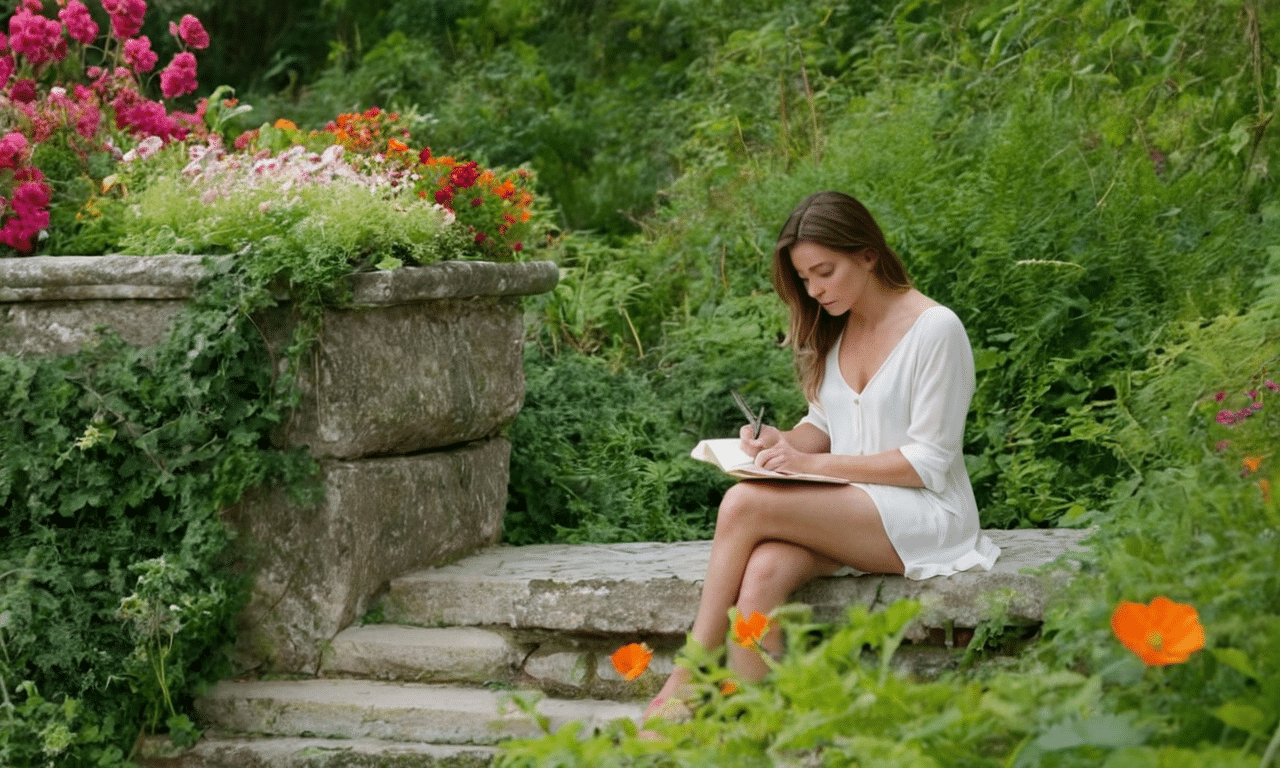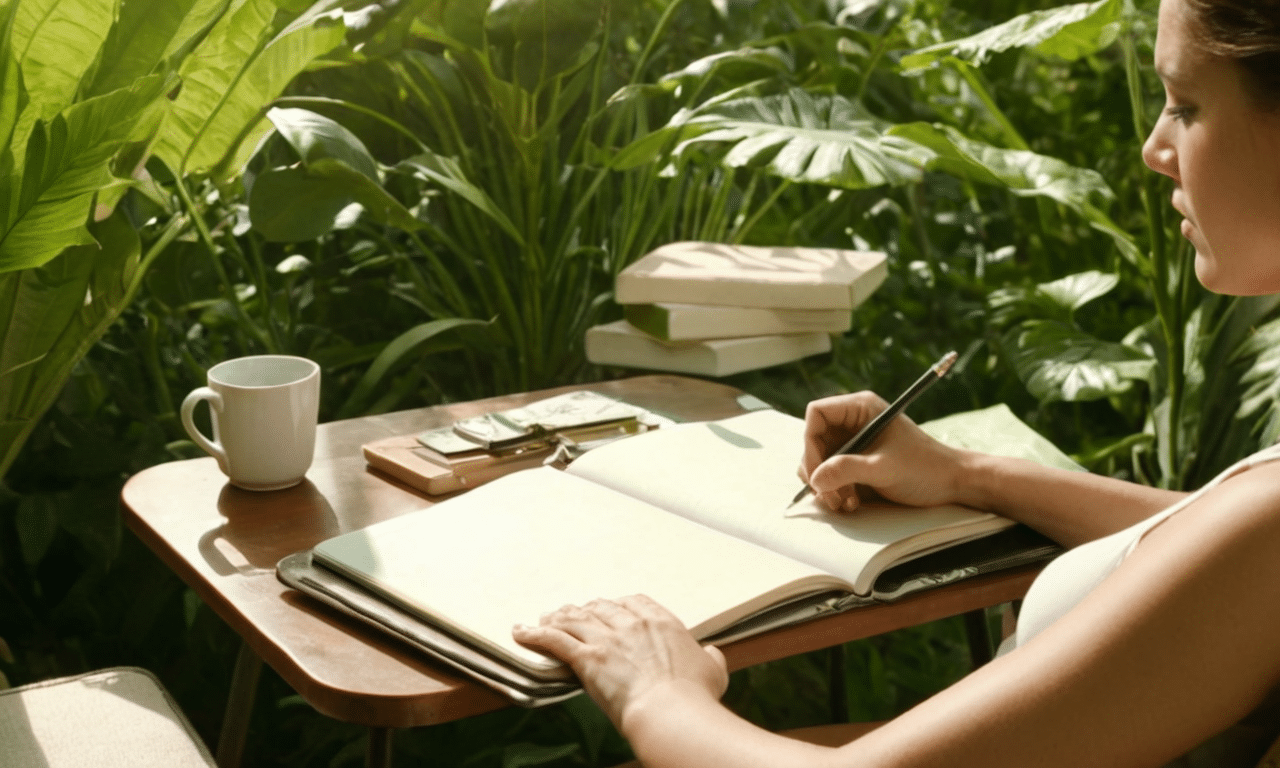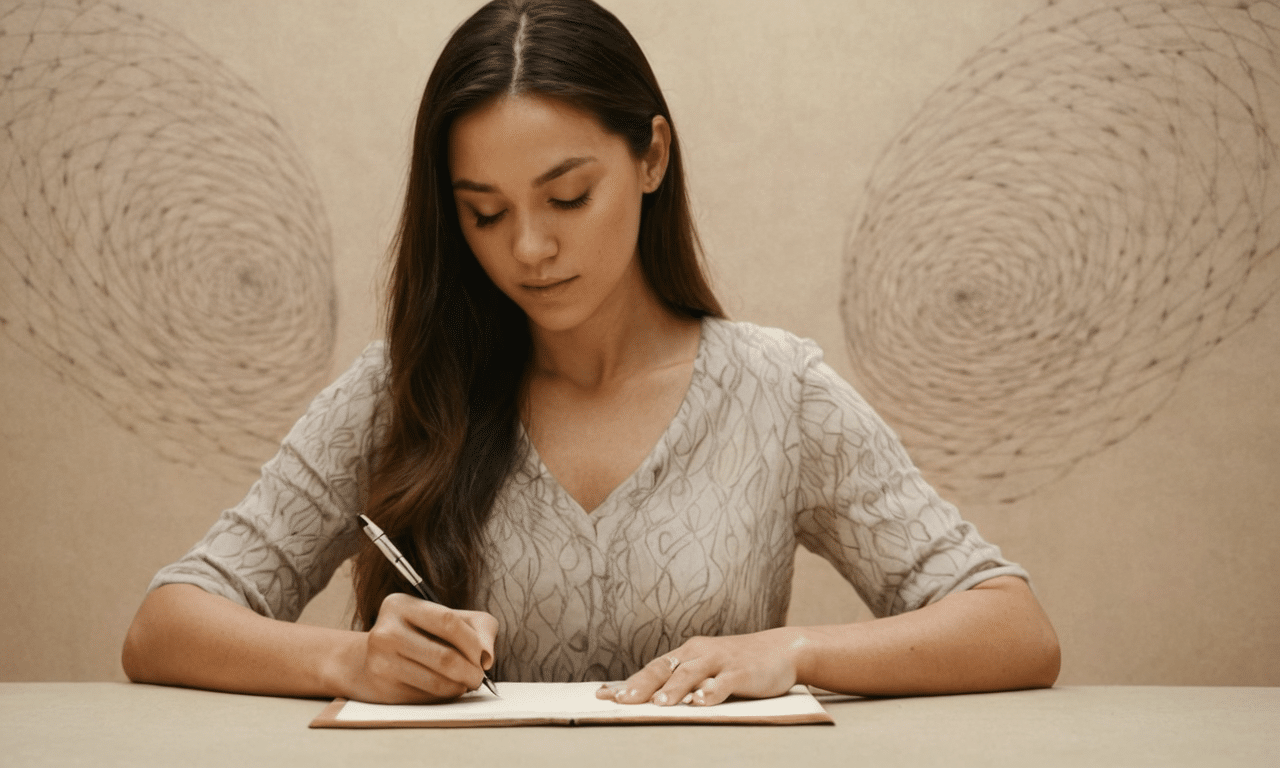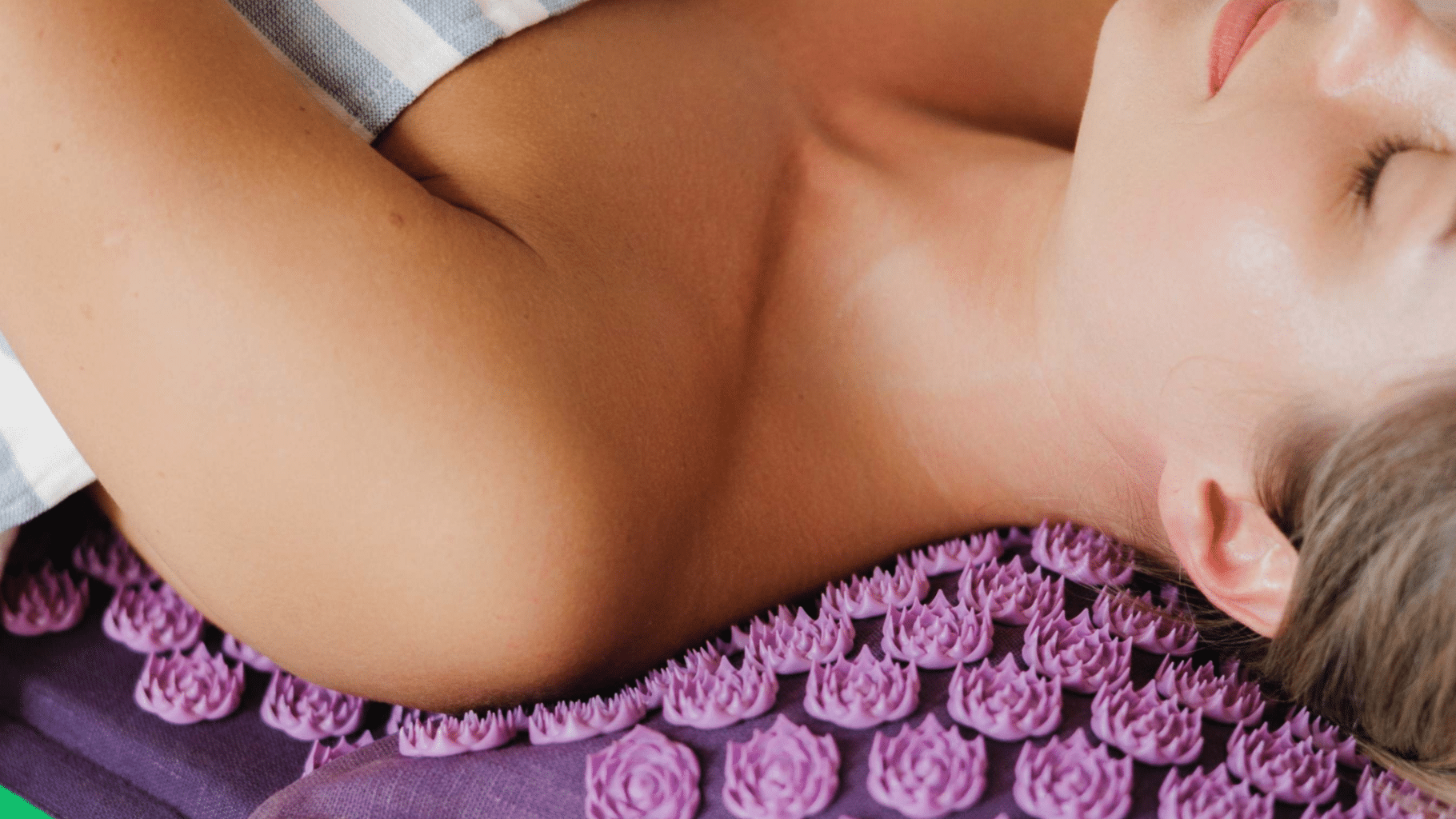Meditative drawing is an innovative approach that harmonizes mindfulness with creativity. By combining the calming effects of meditation with the expressive qualities of drawing, this practice offers a unique path to relaxation and self-discovery. But what exactly does it entail, and how can you harness its benefits?
How can I get started with meditative drawing for stress relief and personal growth?
To get started, try setting aside a quiet space with minimal distractions, then begin by creating simple shapes or patterns using various tools like pencils, markers, or colored pencils. Focus on the process rather than the outcome, allowing yourself to become fully immersed in the creative flow. Start small, and gradually increase your drawing time as you become more comfortable with this meditative practice.
Meditative Drawing Techniques
- Zentangle patterns combine art with mindfulness.
- Draw while focusing on slow, deep breathe.
- Positive affirmations can guide your strokes.
- Nature’s patterns like leaves and waves inspire.
- Online resources offer tutorials and galleries.
- Books and magazines provide expert tips and designs.
- Simple shapes and lines ease you in.

Meditative Drawing Techniques
Meditative drawing blends art with mindfulness to focus the mind and relax the body. This technique often involves repetitive patterns to draw, known as Zentangle patterns. Such patterns encourage a state of creative reflection, offering a moment of calm amidst the chaos of daily life. The beauty of Zentangle lies in its simplicity, making it accessible for everyone.
One effective approach is to draw while concentrating on your breath. As you draw, take slow, deep breaths. With each inhale and exhale, you can guide your hand movements, creating a rhythm. This technique promotes a sense of relaxation, comparable to practices like focused meditation.
Combining drawing with positive affirmations can also be beneficial. While sketching, simply repeat calming phrases. This method, similar to mantra meditation, allows your mind to merge the creative process with self-affirming thoughts. Before you know it, you’ll start feeling the stress melt away, like butter on a hot summer day.
Finding Inspiration for Meditative Drawings
Inspiration for meditative drawings can come from a variety of sources. Nature, for example, offers countless patterns to explore. Leaves, waves, and even tree bark provide excellent starting points. Observing these elements can spark ideas for your artistic journey, making it more personalized and engaging.
Online resources such as tutorials and galleries can serve as tremendous sources of inspiration. Websites dedicated to Zentangle patterns and meditative art frequently feature new techniques and patterns. One excellent resource can be found on our own site, offering step-by-step guides to get you started.
Books and magazines specializing in meditative art can be another great way to find new ideas. Publications often contain collections of intricate designs and expert tips. So, next time you’re at a bookstore, take a detour to the art section. You might just find the perfect ashok chakra drawing to add to your repertoire.
Getting Started with Meditative Drawing
If you’re new to this form of art, starting can seem daunting. However, simple exercises can ease you into the practice. Begin with basic shapes and lines. Drawing circles, squares, and triangles in a repetitive manner can help build your confidence.
Using prompts can guide your creative process. For instance, challenge yourself to draw a 7 chakra painting or a simple 7 chakra drawing easy enough for beginners. These prompts encourage exploration and help you establish a routine.
Another exercise involves drawing while listening to calming music. Select tracks that help set the mood and tune into your creative energy. Before you know it, your mind may drift into a focused, meditative state. Just be sure that Beethoven’s symphonies don’t leave you drawing treble clefs!
| Technique | Description | Importance |
|---|---|---|
| Meditative Drawing with Breath | Focus on breath while drawing repetitive patterns. | High |
| Zentangle Patterns | Use simple, repetitive patterns to create a state of calm. | Medium |
| Combining Drawing and Positive Affirmations | Repeat calming phrases while drawing for a meditative experience. | High |
| Nature Inspiration | Observe nature patterns to spark ideas for your drawings. | Low |
| Online Resources and Books | Explore online tutorials, galleries, and books for inspiration. | Medium |

Personal Thoughts
I’ve come to realize that my struggles with chronic stress have taught me the importance of slowing down and being present. Meditative drawing patterns have become a sanctuary for me, allowing me to quiet my mind and tap into my creativity.
In these moments, I’m reminded that it’s not about achieving perfection or creating something beautiful – it’s simply about showing up and letting go. As I continue to explore the world of meditative drawing, I’m grateful for the opportunity to cultivate a sense of calm and clarity in my daily life.
Frequently Asked Questions
What techniques can I use to combine meditation with drawing?
Meditative drawing patterns involve repetitive movements that calm the mind while creating art. Techniques include using guided meditations, focusing on breath or mantra, and letting go of self-criticism. You can also try freestyle drawing, allowing your subconscious to guide your strokes. As you draw, focus on the sensation of the pencil or brush, releasing tension and calming your mind.
How do I create a meditative drawing routine?
To establish a meditative drawing routine, start by setting aside dedicated time for creative expression. Begin with short sessions (10-15 minutes) and gradually increase as you become more comfortable. Choose a quiet, distraction-free space and gather your supplies beforehand. As you draw, focus on the process, not the outcome. Regular practice will help you cultivate mindfulness and reduce stress.
What are some benefits of meditative drawing for mental wellness?
Meditative drawing patterns offer numerous mental wellness benefits. The repetitive motions can calm anxiety and depression, while the creative expression allows for emotional release. This activity also promotes mindfulness, reducing distractions and increasing focus. By embracing imperfection and letting go of self-criticism, you’ll develop a more compassionate relationship with yourself. Regular practice may even reduce symptoms of PTSD and other mental health conditions.
Can I use digital tools to create meditative drawings?
Yes, you can use digital tools to create meditative drawings! Digital drawing apps like Procreate or Autodesk Sketchbook offer a range of brushes and effects that can enhance your creative experience. You can also try digital drawing pads or styluses for added control. When using digital tools, focus on the process and let go of perfectionism, allowing yourself to fully immerse in the meditative state.




